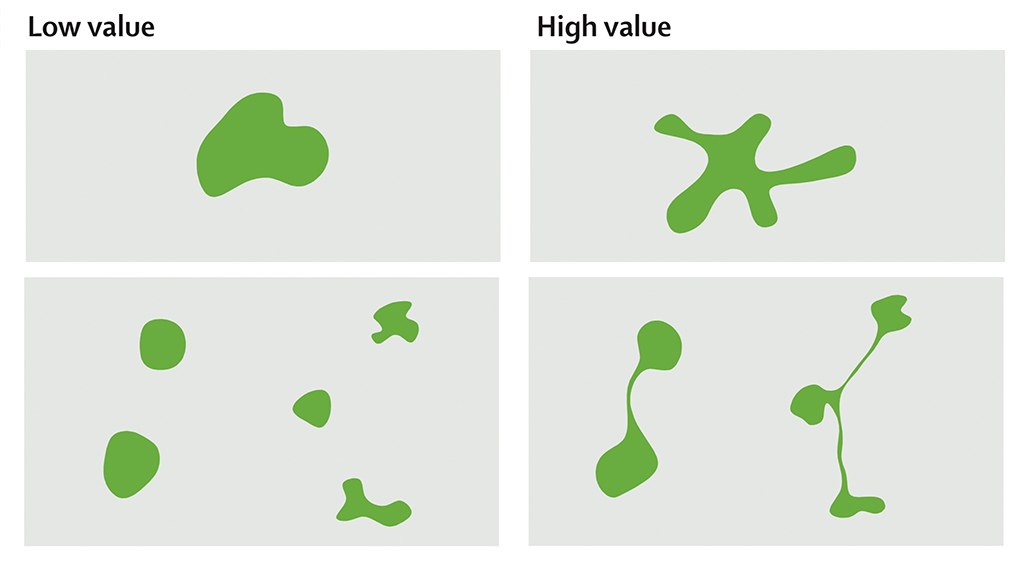Parks with irregular shapes reduce risk of mortality, new study finds

Some community parks are square, a reflection of the city block where they’re located—but irregularly shaped parks reduce the mortality risk of residents who live near them, according to a new study by Huaquing Wang, an Urban and Regional Sciences doctoral student and Lou Tassinary, professor of visualization.
“Nearly all studies investigating the effects of natural environments on human health are focused on the amount of a community’s green space,” said the scholars in a paper describing their project. “We found that the shape or form of green space has an important role in this association.”
Their paper was published in the Nov. 2019 issue of The Lancet Planetary Health.
In the study, Wang and Tassinary performed statistical analyses of Philadelphia land cover data to assess links between landscape spatial metrics and health outcomes.
They found that residents in census tracts with more connected, aggregated, and complex-shaped green spaces had a lower mortality risk.
“Our results suggest that linking existing parks with greenways or adding new, connected parks might be fiscally accessible strategies for promoting health,” said Wang and Tassinary.
“We showed that the complexity of the park shape was positively associated with a lower risk of mortality,” they said in the paper. “This association might be attributable to the increased number of access points provided by complex-shaped green spaces.”

